Buy this painting Wandering through Sun Mountain by Nop Briex as a reproduction on canvas, ArtFrame, poster and wallpaper, printed on demand in high quality.
About "Wandering through Sun Mountain"
by Nop Briex
About the artwork
The Zonneberg forms the eastern part of the Sint Pietersberg. The system of tunnels, popularly called the caves, of Maastricht are man-made. At one time, the Sint Pietersberg had a system of 22,000 tunnels. Due to ENCI's commercial marl mining, only a fraction of this remains. The marlstone, fossilised sandy soil of the Cretaceous Sea, was extracted in earlier times by so-called block sawing and crushing. One dug a pit and worked from top to bottom. The miners moved their oil lamp every time another block was broken and hoisted up. Traces of soot can still be found on the vaults of the mine galleries. The stones were used for houses and church construction, garden and facade decorations. The caves were also used as shelters during sieges. After the Reformation and the Great Revolt, Catholicism became a minority religion. The church went 'underground' and so the caves provided space for hiding churches. After the establishment of the Batavian Republic led by William I in 1795, Catholicism even became religion No 1 in the Netherlands again. In the caves, there is no daylight and it is therefore earth dark. If you are unfamiliar or go in without a guide, you will definitely get lost. The caves made a big impression on me. As a child, I experienced the corridors as majestic. That experience is reflected in this work of art where the human scale is disproportionate to the actual dimensions of the marl corridors. Finally, a beautiful work that might make you want to go to Maastricht one day to visit the caves. With a guide!

About Nop Briex
Contemporary images and even those from the past inspire me to recycle them for re-actionary contemporary impressionist art. My drawings and paintings are sketch impressions in a loose and free style, the paintings in a colorful palette. I also produce collages and digital artworks or find new inspirations and.. Read more…
 Germany
Germany Ordered in December 2021
Ordered in December 2021
 Germany
Germany Ordered in July 2021
Ordered in July 2021
 Germany
Germany Ordered in November 2020
Ordered in November 2020
 Germany
Germany Ordered in September 2019
Ordered in September 2019
 Germany
Germany Ordered in August 2019
Ordered in August 2019
 Germany
Germany Ordered in April 2025
Ordered in April 2025
 Germany
Germany Ordered in March 2023
Ordered in March 2023
 Germany
Germany Ordered in February 2021
Ordered in February 2021
 Germany
Germany Ordered in November 2024
Ordered in November 2024
 Germany
Germany Ordered in April 2025
Ordered in April 2025
 Germany
Germany Ordered in January 2022
Ordered in January 2022
 Netherlands
Netherlands Ordered in May 2020
Ordered in May 2020
About the material
ArtFrame™
Interchangeable Art Prints
- High-quality print
- Easily interchangeable
- Acoustic function
- Large sizes available
Discover the artworks of Nop Briex
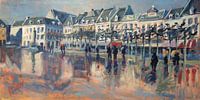 The Vrijthof after the rainNop Briex
The Vrijthof after the rainNop Briex King Winter, how early you are this year!Nop Briex
King Winter, how early you are this year!Nop Briex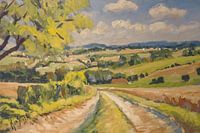 Country road to MechelenNop Briex
Country road to MechelenNop Briex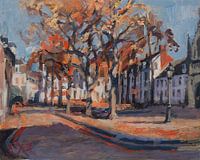 Late Autumn light at the Our Lady Square MaastrichtNop Briex
Late Autumn light at the Our Lady Square MaastrichtNop Briex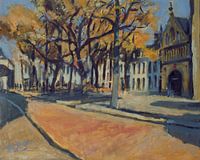 Warm late summer light on OLV Square MaastrichtNop Briex
Warm late summer light on OLV Square MaastrichtNop Briex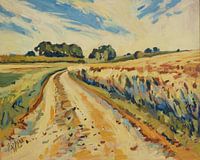 Field road along the golden grain, SchimmertNop Briex
Field road along the golden grain, SchimmertNop Briex Flower bouquetNop Briex
Flower bouquetNop Briex Olive trees at Marmari beach on PaxosNop Briex
Olive trees at Marmari beach on PaxosNop Briex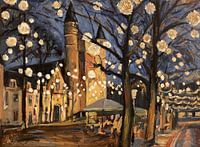 December festive lights on the Square of Our Lady in MaastrichtNop Briex
December festive lights on the Square of Our Lady in MaastrichtNop Briex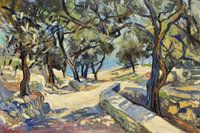 To the beachNop Briex
To the beachNop Briex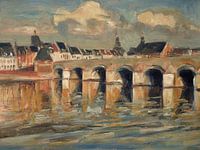 Sunny MaastrichtNop Briex
Sunny MaastrichtNop Briex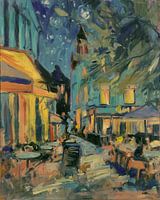 Nightcafe AmorspleinNop Briex
Nightcafe AmorspleinNop Briex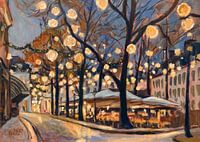 Festival lights over Our Lady's Square at midnightNop Briex
Festival lights over Our Lady's Square at midnightNop Briex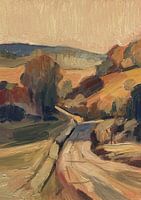 Road to VaalsNop Briex
Road to VaalsNop Briex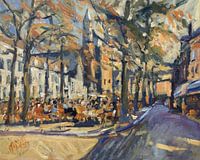 Sunny terrace. Welcome to Maastricht!Nop Briex
Sunny terrace. Welcome to Maastricht!Nop Briex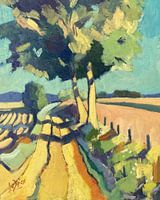 Steep field roadNop Briex
Steep field roadNop Briex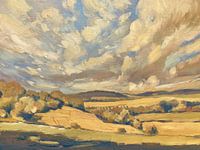 Panorama towards EyserbosNop Briex
Panorama towards EyserbosNop Briex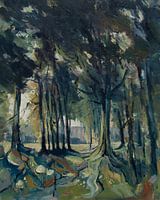 Forest path Central BrabantNop Briex
Forest path Central BrabantNop Briex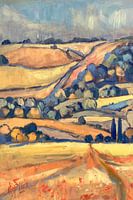 GulperbergNop Briex
GulperbergNop Briex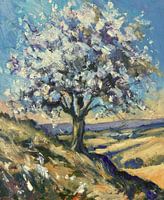 Lonely but not aloneNop Briex
Lonely but not aloneNop Briex
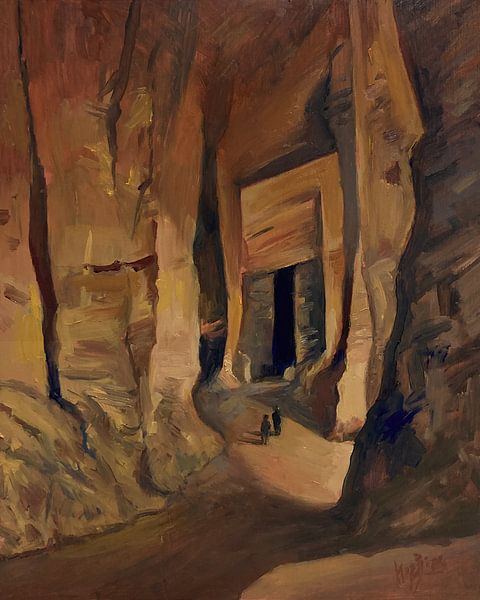












 Caves
Caves Maastricht
Maastricht Mysterious Spheres
Mysterious Spheres Serene Peace
Serene Peace









